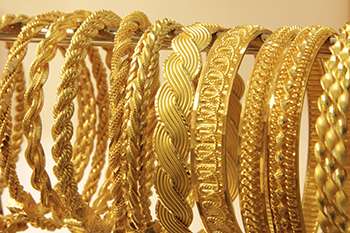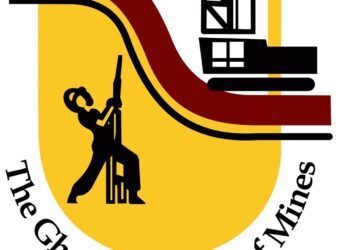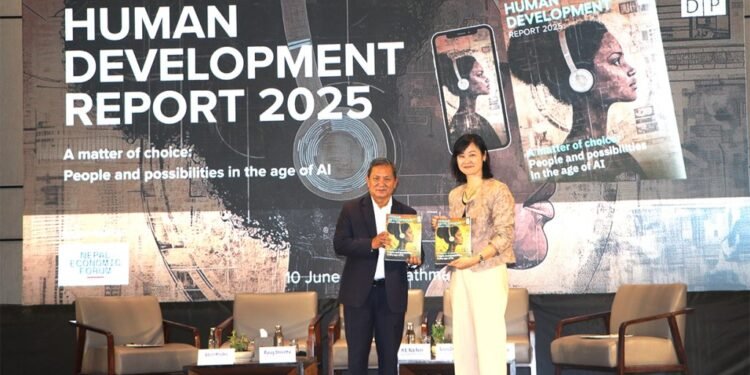Samuel A. Jinapor, Minister of Lands and Natural Resources, has disclosed that the government of Ghana led by Nana Addo Dankwa Akufo-Addo has generated $ 6.6 billion dollars revenue from gold exports in 2022 to retain its position as the leading source of export revenue.
Mr Jinapor further disclosed that four new large-scale mining operations would start production within the next two and a half years.
“After reviving the Obuasi mine in 2019, the Bibiani mine, which had been dormant for seven years, has also been revived, with production starting in October 2022 to increase mineral production and government revenue.”
Samuel A. Jinapor
The Minister of Lands and Natural Resources noted that discussions are ongoing with Rand Refinery of South Africa, a London Bullion Marketing Association (LBMA) referee, to secure certification to easily export and trade refined gold on the international market.
The government, Mr Jinapor stated, is planning to establish a Gold Souk – a marketplace for the manufacturing and marketing of gold articles. He thus, added saying, “PMMC’s jewellery subsidiary is now producing gold tablets, engrave and plate jewellery.”

The Minister averred that the Government is reviewing the Mining Policy adopted in 2014 and the Minerals and Mining Act, passed in 2006, to promote more investment in the sector.
Diversification of the mineral resource base
On diversification of the mineral resource base, the Minister noted that the Ghana Geological Survey Authority has intensified limestone exploration activities in the Mamprusi West District to develop limestone mines to feed the cement Industry.
Mr Jinapor, moreover, stated the Authority has identified and evaluated over 1,275 metric tonnes of clay resources at Assin Fosu and its environs in the Assin North and Central Districts of the Central Region, suitable for the production of high-quality assay crucibles, bricks, tiles, and electrical porcelain.
The minister noted that the Government reduced the withholding tax on unprocessed gold by small-scale miners, which was implemented in 2015, from 5 percent to 3 percent to support the sector. This, the Minister stressed, has resulted in a massive increment in gold exports from small scale mining, from 3,429.91kg in 2021, to 22,158.25kg in 2022.
Mr Jinapor disclosed that the Government is implementing the Minerals and Mining Regulations, 2020 (L.I. 2404), to track 4,000 excavators and other earth moving equipment, and that a control room has been established at the Minerals Commission, with 75 excavators installed with tracking devices at various mine sites.
Mr Jinapor noted that the National Alternative Employment and Livelihood Programme, launched in 2021, is being implemented to provide alternative sources of income for communities affected by the fight against illegal mining.
The minister added that the Apprenticeship, Skills Training, and Entrepreneurship module of the Programme would be rolled out this year and was expected to provide training for 5,000 youth in agriculture, technical, vocational, industrial, and mining skills.
In 2020, gold in Ghana contributed close to around 7.8 billion Ghanaian cedis (GHS), roughly 1.3 billion U.S. dollars, to the country’s Gross Domestic Product (GDP). Compared to the other years under study, this was the lowest value added of the precious metal. The highest contribution until now was, however, registered in 2018, at approximately GHS9.5 billion. Overall, the contribution of gold to Ghana’s GDP keep fluctuating and successive governments try to take advantage of the precious metal.
READ ALSO: Ghana’s Richest Stock investor Loses Over $1.5 million Stake in Societe Generale Ghana– Report























